Viduragama Parva is the fourteenth upa parva in the first maha parva, named as Adi parva, in Mahabharata. Vyshampayana had narrated the historic events to Janamejaya, on his queries:

Viduragama Parva is the fourteenth upa parva in the first maha parva, named as Adi parva, in Mahabharata. Vyshampayana had narrated the historic events to Janamejaya, on his queries:

Vaivahika Parva is the thirteenth upa parva in the first maha parva, named as Adi parva, in the epic Mahabharata. Vyshampayana had narrated the historical events to Janamejaya, on his queries:
King Drupada was very happy to know about his sons in laws. He wished to give away his daughter in marriage to Pandavas. When Drupada learnt that the successful people of swayamvara were the Pandavas, he felt extremely happy. He decided to conduct a feast to the guests of swayamvara with the Pandavas and sent through his priest, an invition to Pandavas for attending the feast.
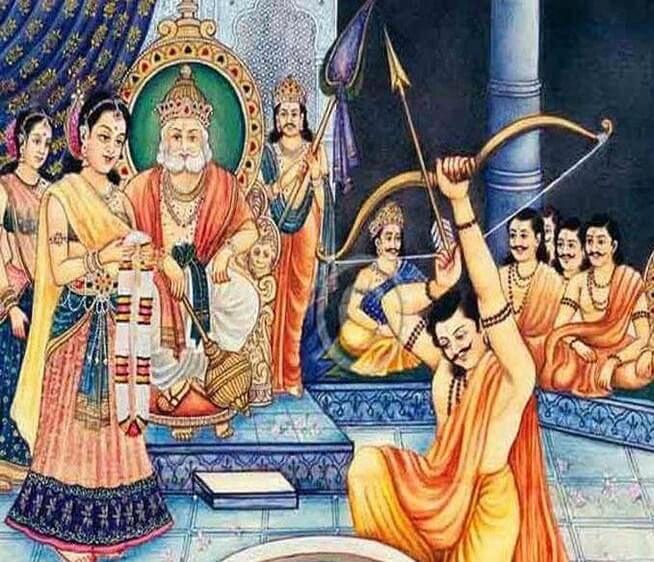
Swayamvara Parva is the twelfth upa parva in the first maha parva, named as Adi parva, in the epic Mahabharata. Vyshampayana had narrated the historical events to Janamejaya, on his queries:
The five Pandava brothers with their mother Kunti had stayed in the house of a potter, in the capital of Panchala. They had dressed like Brahmin priests. On the day of the Draupadi swayamvara, all the five Pandava brothers, Yudhishtira, Bheema, Arjuna, Nakula and Sahadeva had moved to the palace of Drupada, disguised as Brahmin priests and walked along with other Brahmin priests and seated among working Brahmins.When they had left Kunti from the house of the potter, they told her to bring alms for her to eat that day’s food.
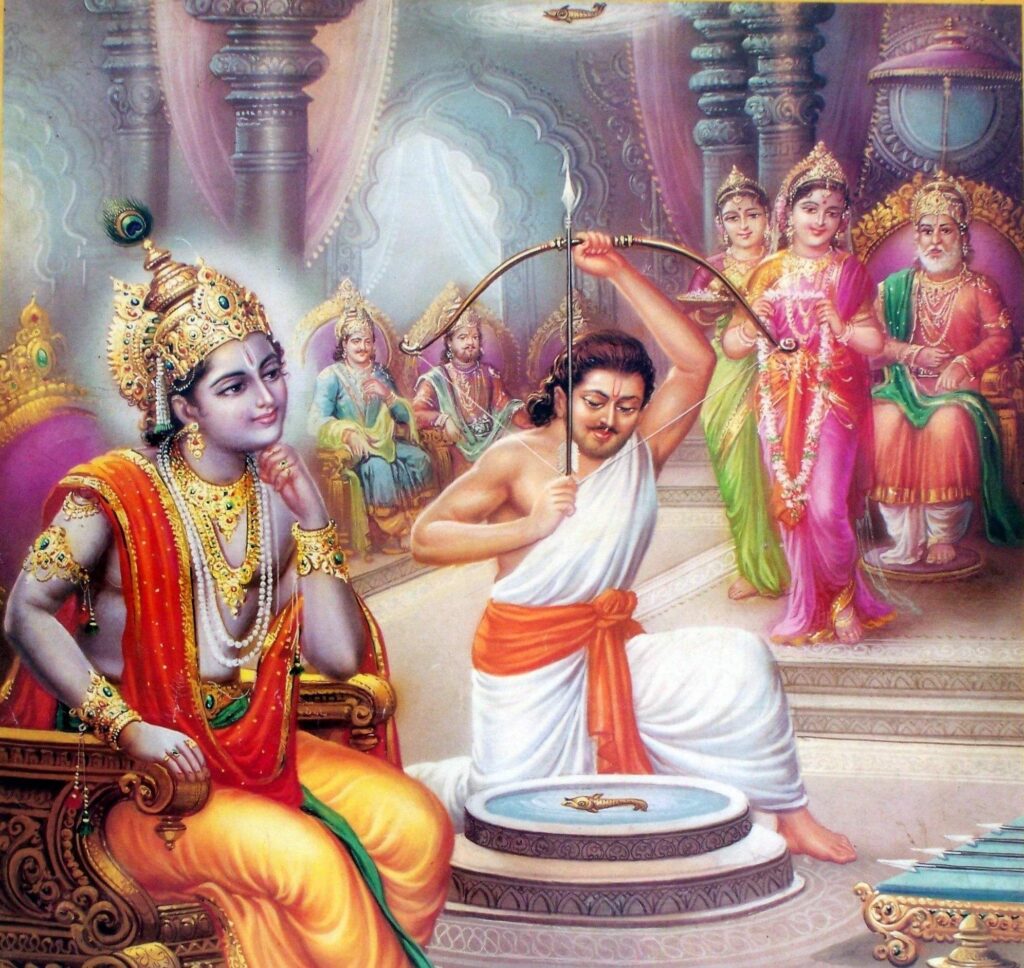
Chaitraratha Parva is the elevnth upa parva in the first maha parva named as Adi parva in the epic Mahabharat. Mahabharat epic had been told by Vyasa to his son Shuka and to disciple Vyshampayana Rishi. We hear the holy incidences from the mouth of Vyshampayana as told to Janamejaya on his queries.
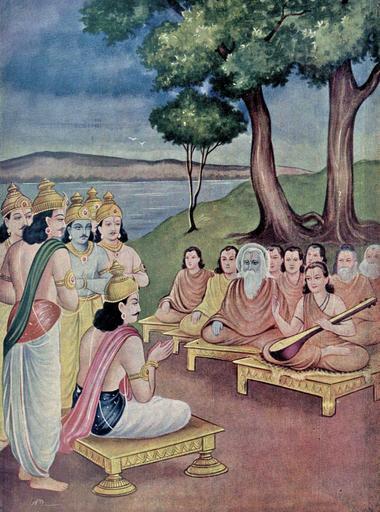
Bakasura Parva is the tenth upa parva included in the first maha parva, named as Adi parva, in the epic Mahabharat.
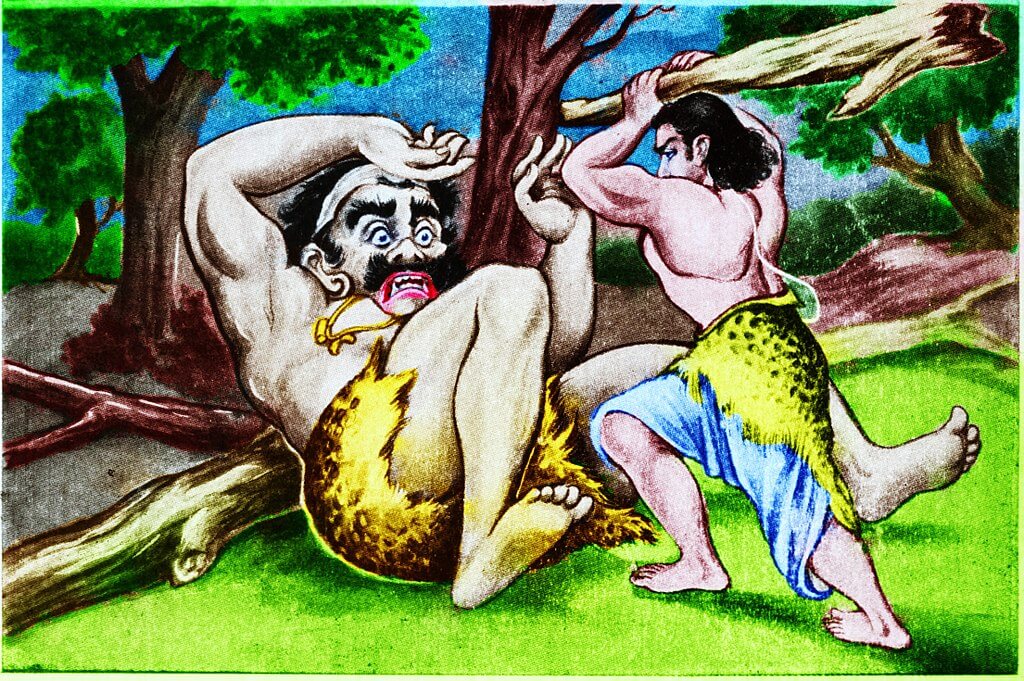
मूलं भुजगैः शिखरं विहगैः शाखां प्लवगैः कुसुमानि भृगैः । आश्चर्यमेतत् खलुचन्दनस्य परोपकाराय सतां विभूतयः ॥Continue reading
Ninth upa parva in the epic Mahabharat is the Hidimba Vadha Parva, under the first mahaparva named as Adi parva . All the five Pandava brothers saved their lives, since they had obediently followed the instructions and advices of their mother. Vidura started thinking, regarding the moral lessons, actually shown by Purochana by getting his own end of life, in the burnt lac home. After eating good food received from Kunti, the other unknown five forest brothers, the sons of the lady servant, due to greed or over temptation, had consumed the alcohol, and died there. Vidura himself confirmed the idea, as uncontrolled consuming of alcohol would always bring adverse end to the human life.

In Mahbharat, Jatugrihaparva is the eighth upa parva, under the first mahaparva namely the Adi parva. The original name of the Mahabharat book was Jaya, as Veda Vyasa Rishi, the original author, had desired and named it. His disciple Vaishampayana had continued to narrate the story to Janamejaya:
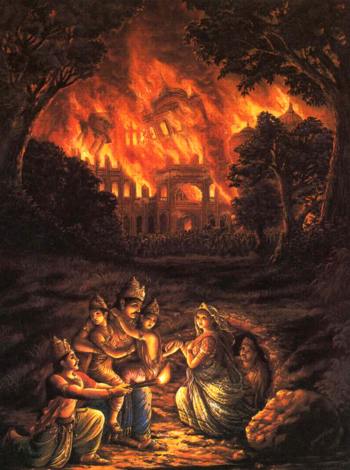
Sambhava upa parva is the seventh upa parva within the Adi mahaparva in Mahabharat. The story of the birth of various characters is narrated in this section. Starting from the creation of the universe, from Brahma onwards, till the education of Pandavas were narrated in these chapters.

Amshavatarana is the sixth upa parva in the Adi parva of the Mahabharat. The story had been told by Veda Vyasa Rishi to his son Shuka muni, with the title Jaya. Hence, there should be such words and crazy incidences, regarding the true happenings, also pleasing to the children. Some western authors had re-written with the name Mahabharat and marked with a tag-note for enjoyment of aged people, or of more than eighteen years, and presented with exaggerations, without divinity. In this website, it is tried to present the story with the true essence of holiness as Veda Vyasa intended to present to his own son Shuka.

Astika upa parva is the fifth upa parva in the epic Mahabharat. The word Astika has many meanings in Sanskrit. In this context, Astika is taken as a believer of God. Astika was the name of a Rishi who stopped the serpent’s yajna of Janamejaya.

Astika was a peace lover. He supported non-violence. Astika used the method of oral request that was open to him since he had no power to command to stop the serpent’s yajna. He knew God exists in the hearts of the living beings, as narrated in the Bhagavadgeetha:
Continue reading© 2025 Gomangala
Theme by Anders Noren — Up ↑